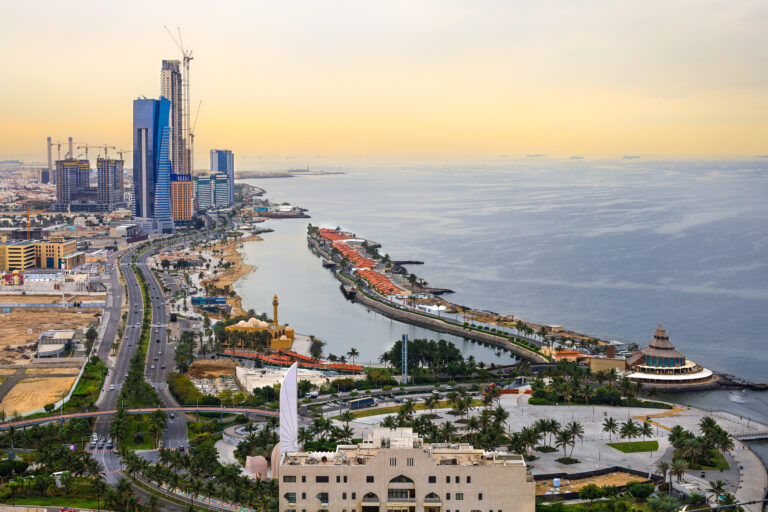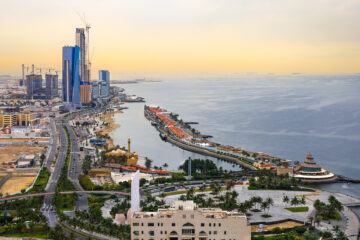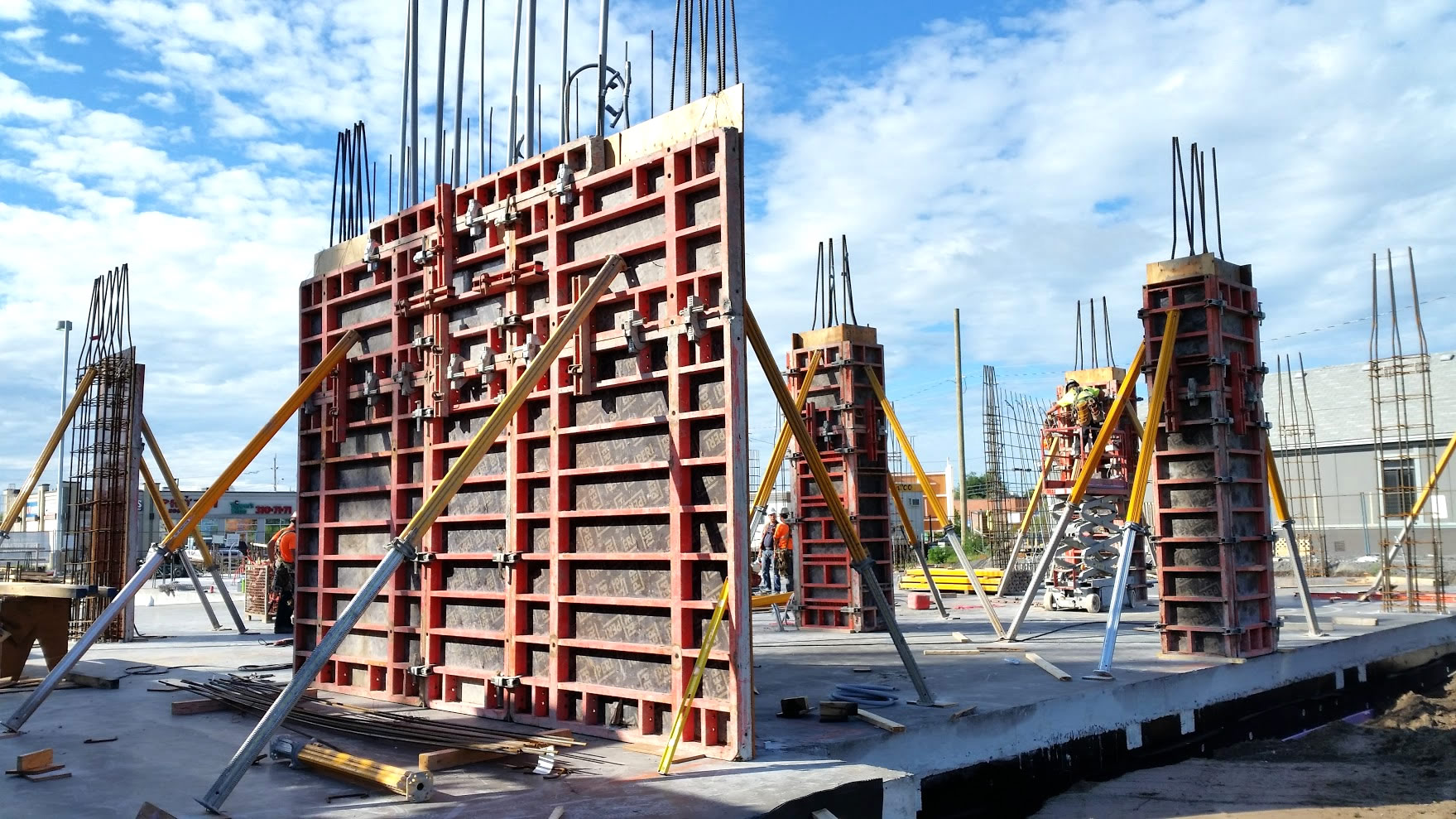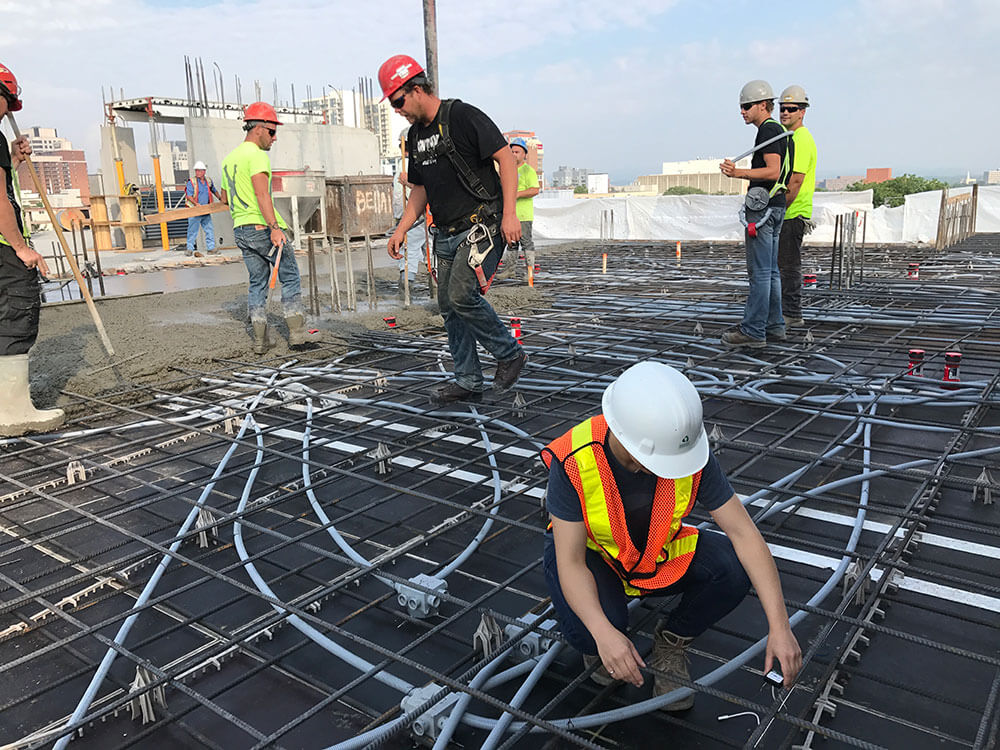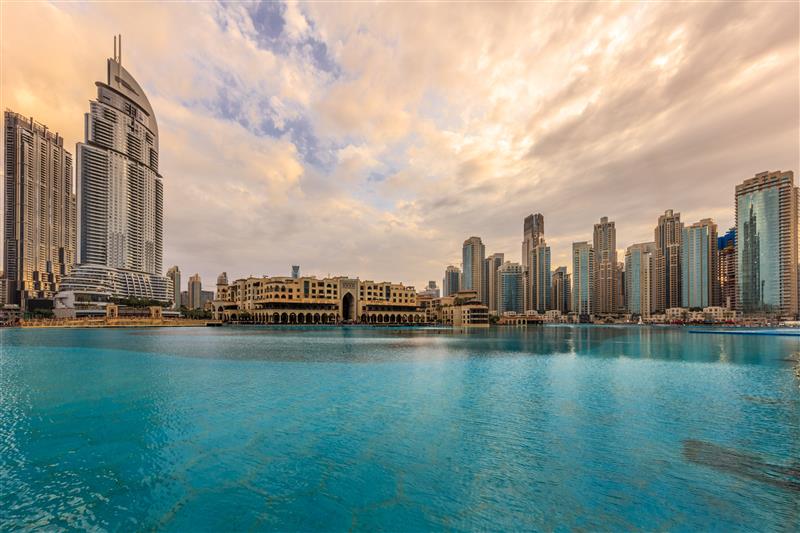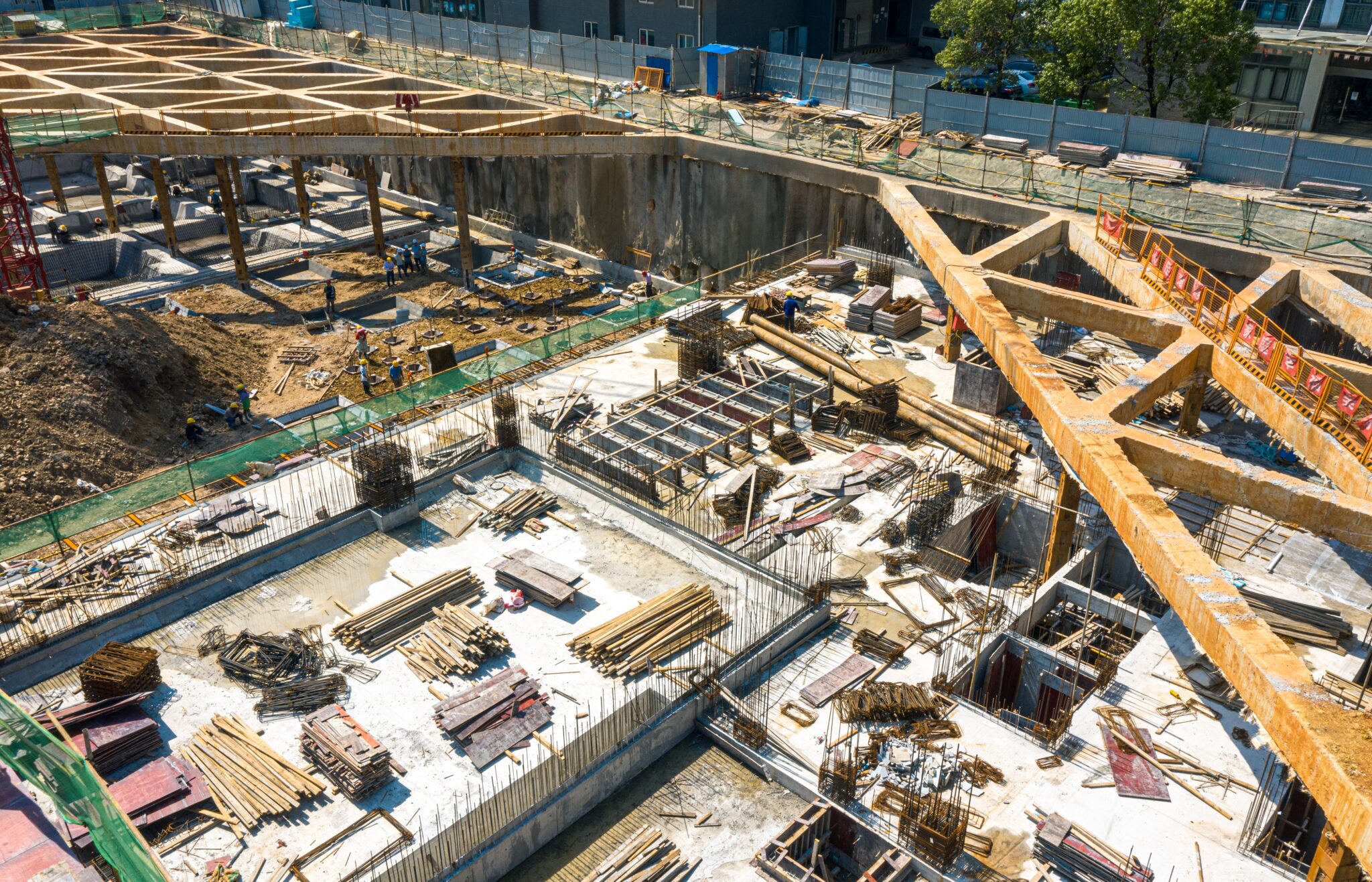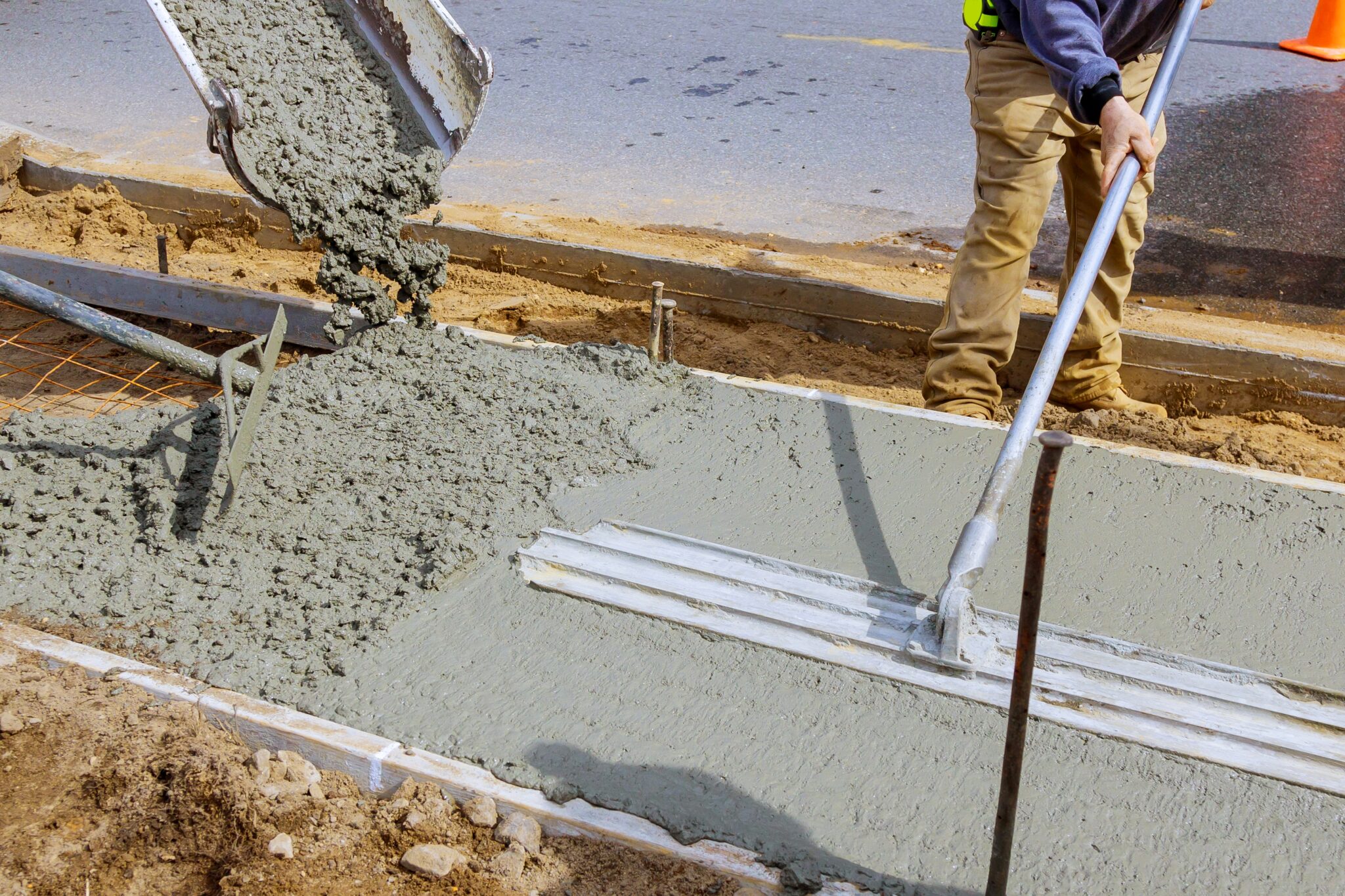If you’re working on a construction project in Saudi Arabia, understanding concrete standards isn’t just helpful, it’s essential. With the country’s extreme heat and ambitious infrastructure goals, concrete performance is under serious scrutiny. That’s where the Saudi Standards, Metrology and Quality Organization (SASO) comes in!
SmartRock® Long Range Savings for Big Projects
In this blog, we’ll break down what SASO concrete standards mean for your project, how they tie into the Saudi Building Code (SBC 304), and how smart technologies can help you stay compliant without slowing down your schedule
Overview of Concrete Standards in Saudi Arabia
In Saudi Arabia, concrete specifications are shaped by a combination of regulatory frameworks. The main references include:
- SASO Technical Regulations, such as the Technical Regulation for Building Materials: Part 3 and SASO GSO ASTM C94, specify requirements for concrete, including its constituent materials, properties, and conformity. They address strength classes, durability, and mix design, taking into account the harsh local environment.
- Saudi Building Code (SBC 304), which outlines national construction requirements, focusing on structural safety and durability in buildings. It sets minimum requirements for concrete structures, including quality, mixing, and placing.
- The Saudi Quality Mark (SQM), a certification proving compliance with quality expectations in Saudi Arabia.
These documents collectively govern how concrete is designed, produced, tested, and placed in the field.
Measurement Systems and Testing Requirements
SASO concrete standards require the use of the metric system. Measurements are in megapascals (MPa) for strength, degrees Celsius (°C) for temperature, and millimeters (mm) for dimensions.
Compressive strength testing is a central requirement:
- Cube specimens of 150x150x150 mm and grout cubes of 50x50x50 mm are used
- Three samples are tested for every 120 cubic meters of concrete per class
- Curing conditions must remain at 20 ±2 degrees Celsius with humidity above 95 percent
These procedures are outlined in SASO GSO ASTM C94 and serve as a baseline for material performance validation.
Temperature Control for Concrete Pouring and Curing
Saudi Arabia’s extreme temperatures necessitate close control of concrete temperatures before and after placement.

According to SASO and SBC 304:
- Maximum allowable concrete temperature is 65 degrees Celsius
- Pouring temperature must not exceed 35 degrees Celsius
- Interior-to-surface temperature differential must be less than 25 degrees Celsius
- Interior-to-ambient temperature differential must be less than 20 degrees Celsius
These limits are intended to reduce thermal cracking and ensure structural integrity in the country’s hot climate.
Field Curing and Formwork Stripping Standards
Field-cured samples are used to verify curing effectiveness in structural elements. In the case of steam curing, SASO concrete standards recommend applying procedures aligned with ASTM C1077.
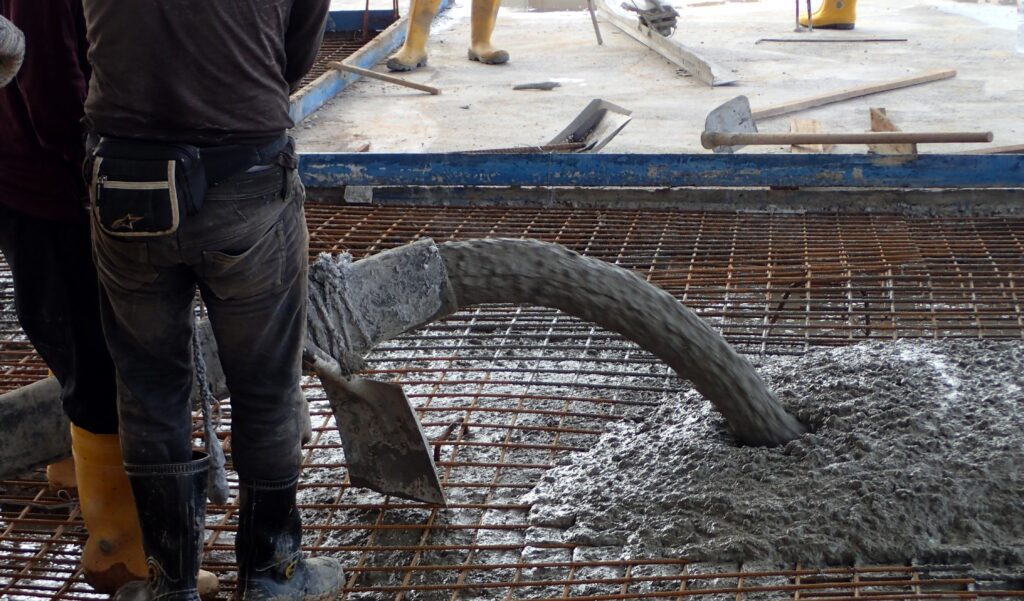
When evaluating in-place strength for formwork removal, testing methods accepted under SBC 304 include:
- ASTM C1074 for the maturity method
- ASTM C873 for penetration resistance
- ASTM C900 for pullout testing
These approaches are used to determine whether strength development meets the criteria for safe formwork removal.
Requirements for Cold and Hot Weather Concreting
SASO concrete standards address both cold and hot weather concreting:
- In cold weather, concrete temperature must remain above 5 degrees Celsius, and the material must reach at least 5 MPa before any risk of freezing
- In hot weather, the maximum internal concrete temperature must not exceed 80 degrees Celsius
- Thermal differentials must still be maintained to prevent cracking
These rules are particularly important in remote or exposed construction zones.
Mass Concrete Criteria and Sampling Frequency
Mass concrete is defined in SBC 304 as any concrete element with a minimum dimension greater than 1 meter. These sections often require additional planning to manage internal heat generation and durability. For sampling:
- A minimum of one sample per day is required.
- Sampling is also required for each 120 cubic meters of concrete placed.
- Additionally, a sample is taken for every 500 square meters of slab or wall surface area.
These thresholds align with SASO’s emphasis on consistent testing and documentation.
SmartRock® Long Range Savings for Big Projects
Key Properties of SASO Concrete Standards
| Requirement | Specification |
| Measurement Units | Metric (MPa, °C, mm) |
| Strength Testing | 150 mm and 50 mm cube specimens |
| Test Frequency | 3 samples per 120 m³ of concrete |
| Curing Conditions | 20 ±2 °C, RH > 95% |
| Max Concrete Temperature | 65 °C |
| Max Pour Temperature | 35 °C |
| Interior-Surface Temp Difference | 25 °C |
| Interior-Ambient Temp Difference | 20 °C |
| Cold Weather Min Temp | 5 °C and 5 MPa strength |
| Hot Weather Max Temp | 80 °C |
| Mass Concrete Definition | Minimum dimension > 1 meter |
| Sampling Triggers | Daily, per 120 m³, or per 500 m² |
How SmartRock™ Supports SASO Concrete Standards
SmartRock wireless concrete sensors are designed to help engineers and contractors meet SASO concrete standards on-site.
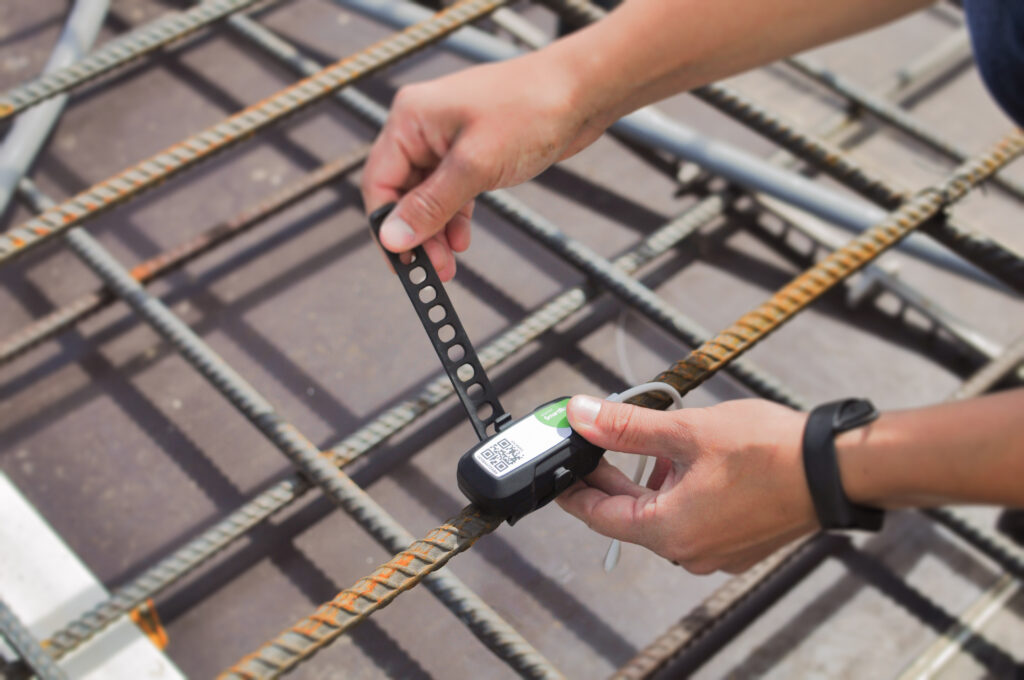
SmartRock enables:
- Continuous temperature monitoring during curing and placement
- Real-time strength estimation using the maturity method
- Immediate alerts when thresholds are exceeded
- Documentation aligned with SBC 304 and Saudi Quality Mark audits
With data automatically collected and accessible via mobile or desktop, teams can validate compliance without relying on external labs or wired sensors.
Interested in learning how SmartRock supports mass concrete projects? Check out how FCC Construction leveraged real-time data to shorten their timelines!
Conclusion
SASO concrete standards are more than just checkboxes, they’re a framework for building durable, safe, and climate-resilient structures in Saudi Arabia. From temperature thresholds to sampling frequencies, these rules are designed to protect both the structure and the people who use it.
By using tools like SmartRock, project teams can simplify compliance, reduce risk, and gain real-time insights into concrete performance. Whether you’re working on a high-rise in Riyadh or a remote infrastructure project in the desert, understanding and applying SASO standards is key to long-term success.
Frequently Asked Questions
Q: What is the maximum concrete temperature allowed under SASO standards?
A: The maximum internal concrete temperature is 65°C, and the pouring temperature must not exceed 35°C.
Q: How often should concrete samples be tested?
A: Three samples are required for every 120 cubic meters of concrete placed, with additional samples for mass concrete or large surface areas.
Q: What is considered “mass concrete” in Saudi Arabia?
A: Any concrete element with a minimum dimension greater than 1 meter.
Q: How does SmartRock help with SASO compliance?
A: SmartRock sensors provide real-time temperature and strength data, helping teams meet curing and placement requirements without relying on external labs.
